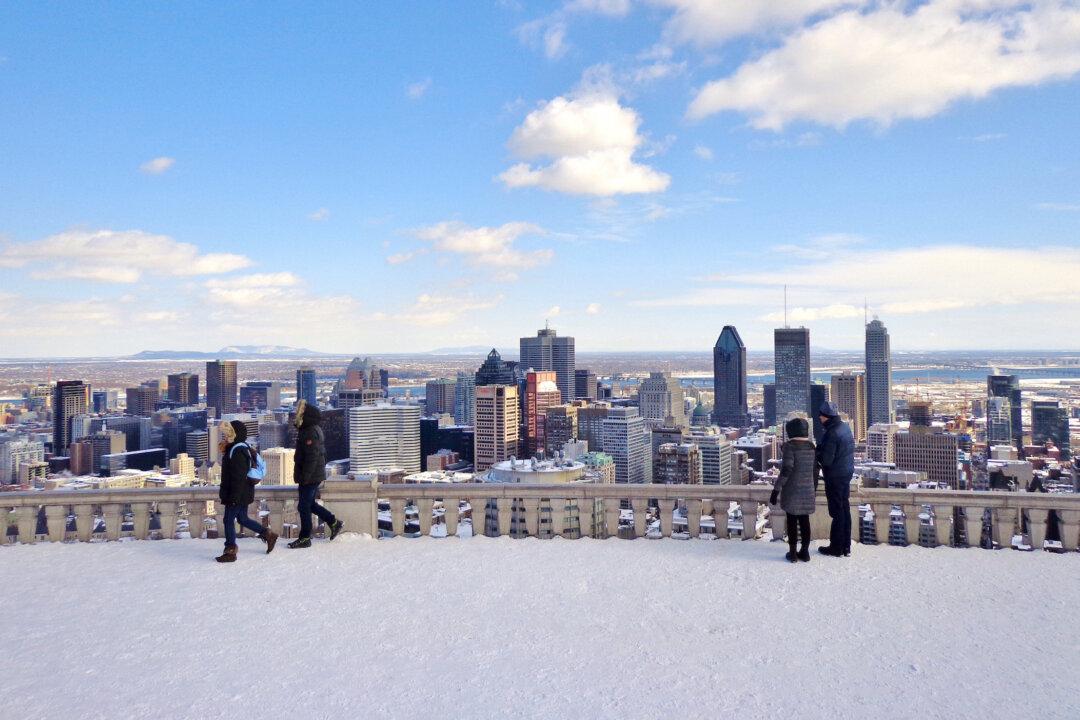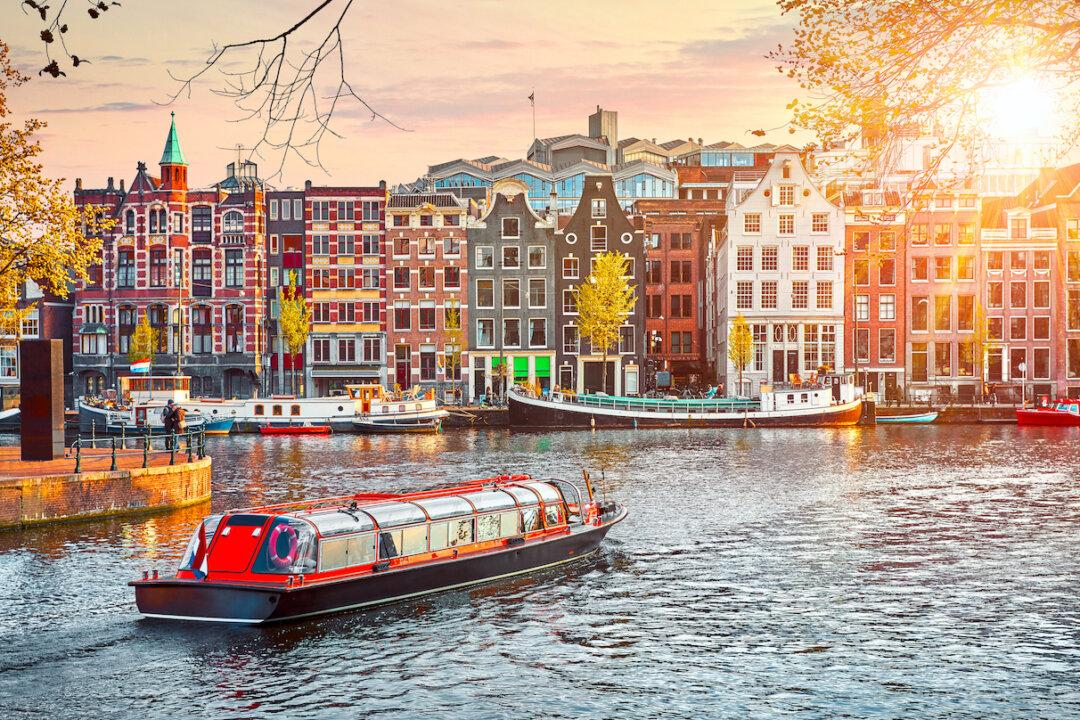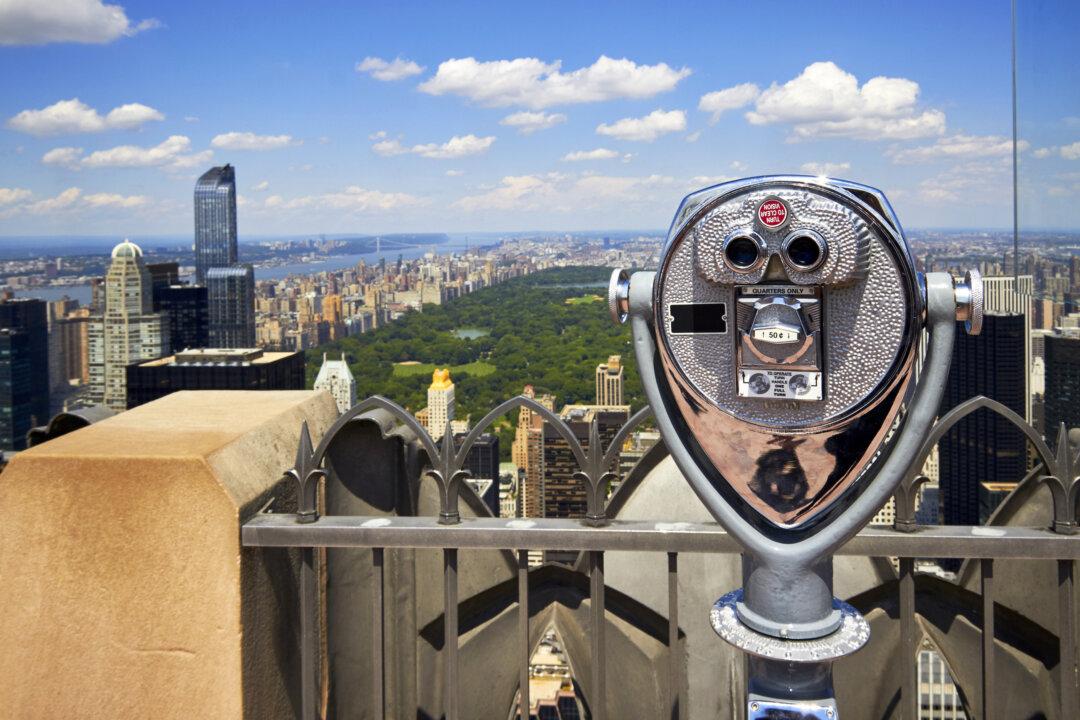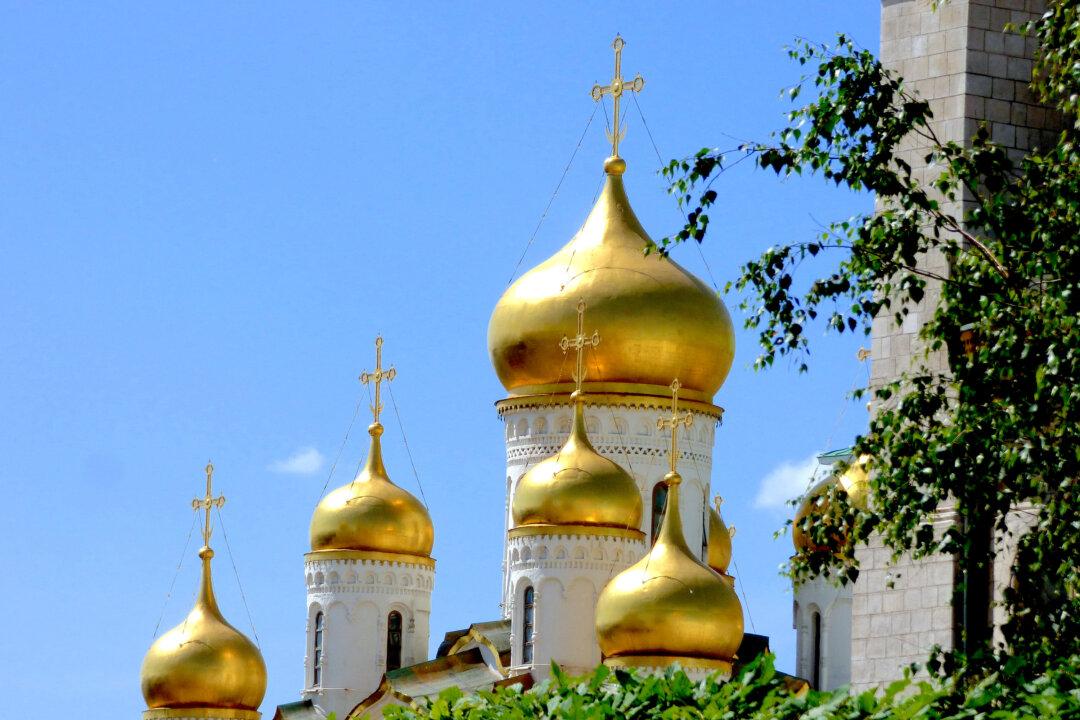Tanzania is a country of abundant natural beauty situated on the east coast of Africa. It boasts an amazing seven UNESCO World Heritage Sites, 16 National Parks, 31 game reserves, and shares picture-perfect Mount Kilimanjaro—the highest free-standing mountain in the world—with neighbouring Kenya.
Situated between Kilimanjaro and Lake Victoria to the north is the 5,700-square mile Serengeti Plain. The word Serengeti comes from the Maasai word Siringitu, which translates into “endless plain.”
The Endless Plain
The morning we set off on our safari dawned cool and clear. We met our tour guide, Eddie, and climbed into a modified Land Cruiser to negotiate what passes for roads in the fabled Serengeti.
It wasn’t long before we spotted brightly coloured lilac-breasted rollers with their iridescent blue wings flitting between the more than 120 varieties of spiny Acacia trees that pepper the savanna.





